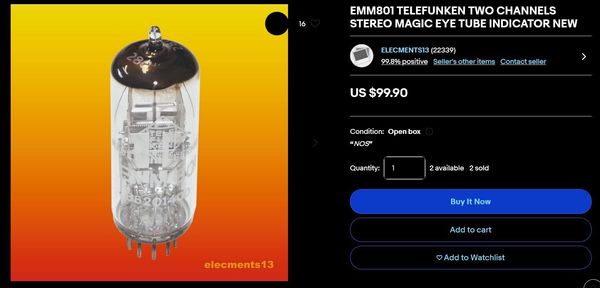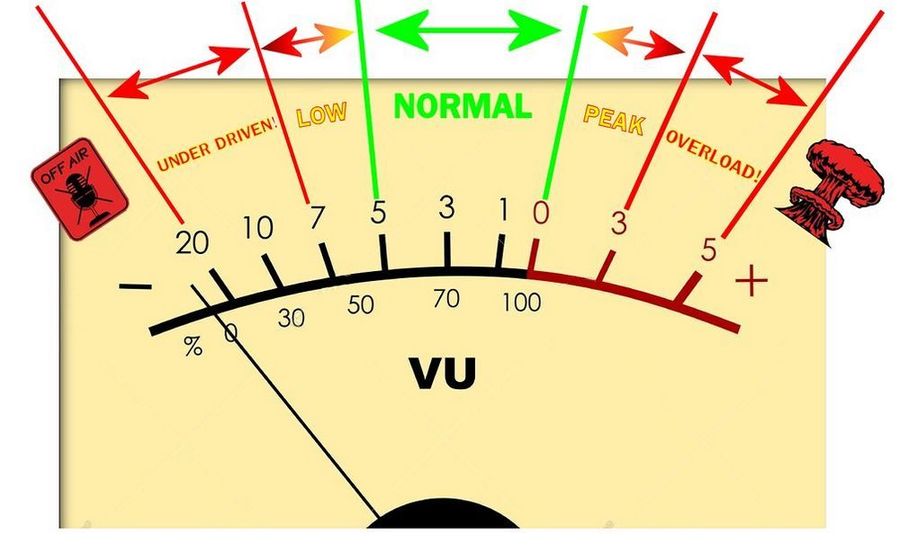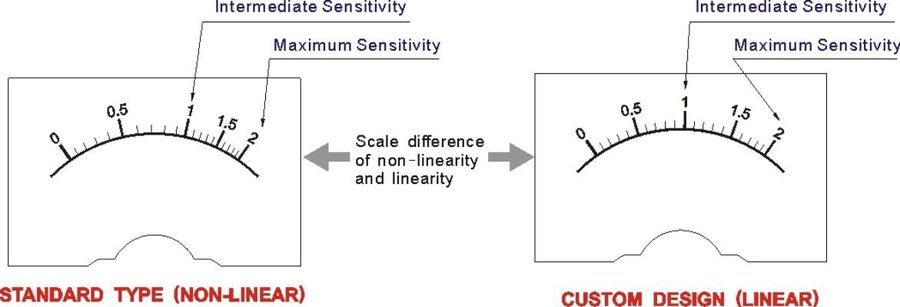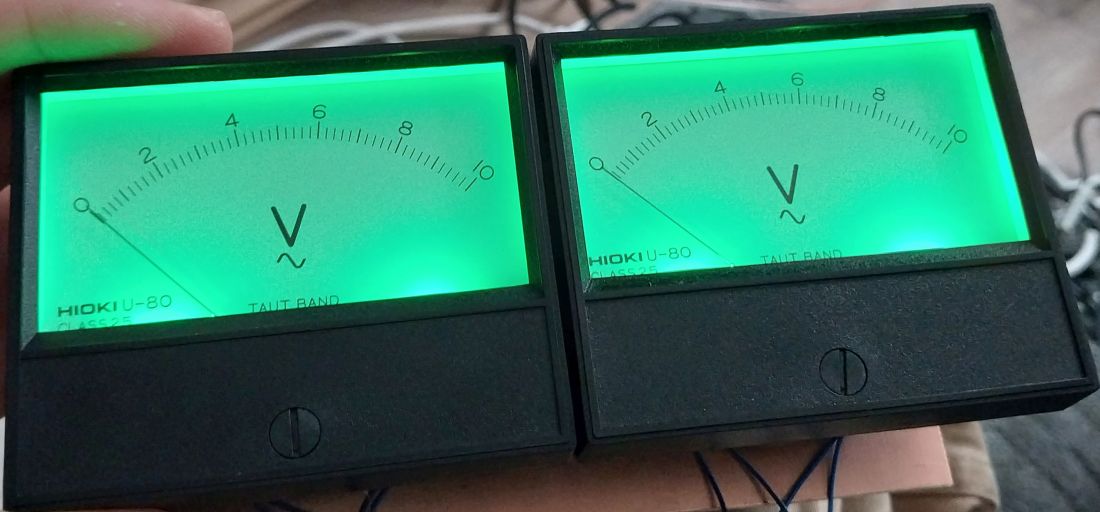[ Living Light @ 23.03.2025. 19:27 ] @
| "Merač jedinice jačine zvuka (VU) ili standardni indikator jačine zvuka (SVI) je uređaj koji prikazuje prikaz nivoa signala u audio opremi. Originalni dizajn je predložen u IRE dokumentu iz 1940. godine, Novi standardni indikator zapremine i referentni nivo, koji su napisali stručnjaci iz CBS-a, NBC-a i Bell Telephone Laboratories.[1] Akustično društvo Amerike ga je zatim standardizovalo 1942. (ANSI C16.5-1942)[2][3] za upotrebu u telefonskim instalacijama i radio stanicama. Potrošačka audio oprema često sadrži VU merače, kako za uslužne svrhe (npr. u opremi za snimanje), tako i za estetiku (u uređajima za reprodukciju). Grafika VU metra surround audio Originalni VU merač je pasivni elektromehanički uređaj, odnosno 200 mA DC d'Arsonval pokretni ampermetar koji se napaja iz punotalasnog bakar-oksidnog ispravljača montiranog u kućištu brojila. Masa igle izaziva relativno spor odziv, koji u stvari integriše ili izglađuje signal, sa vremenom porasta od 300 ms. Ovo ima efekat usrednjavanja kratkotrajnih pikova i padova i bliže odražava percipiranu glasnoću materijala od modernijih i u početku skupljih PPM merača. Iz tog razloga mnogi audio praktičari preferiraju VU metar od njegovih alternativa, iako indikacija merača ne odražava neke od ključnih karakteristika signala, pre svega njegov vršni nivo, koji u mnogim slučajevima ne sme da pređe definisanu granicu. 0 VU je jednako +4 dBu, ili 1,228 volti RMS, snage od oko 2,5 milivata kada se primeni na opterećenje od 600 oma. 0 VU se često naziva "0 dB".[4] Merač nije dizajniran da meri signal, već da omogući korisnicima da usmere nivo signala na ciljni nivo od 0 VU (ponekad označen kao 100%), tako da nije važno da je uređaj nelinearan i neprecizan za niske nivoe [prema kome?]. U stvari, skala se kreće od −20 VU do +3 VU, sa −3 VU tačno u sredini (polovina snage 0 VU). Čisto elektronski uređaji mogu oponašati reakciju igle; oni su VU-metri u onoliko koliko poštuju standard." ------------------- ENG: "A volume unit (VU) meter or standard volume indicator (SVI) is a device displaying a representation of the signal level in audio equipment. The original design was proposed in the 1940 IRE paper, A New Standard Volume Indicator and Reference Level, written by experts from CBS, NBC, and Bell Telephone Laboratories.[1] The Acoustical Society of America then standardized it in 1942 (ANSI C16.5-1942)[2][3] for use in telephone installation and radio broadcast stations. Consumer audio equipment often features VU meters, both for utility purposes (e.g. in recording equipment) and for aesthetics (in playback devices). Surround audio VU meter graphic The original VU meter is a passive electromechanical device, namely a 200 μA DC d'Arsonval movement ammeter fed from a full-wave copper-oxide rectifier mounted within the meter case. The mass of the needle causes a relatively slow response, which in effect integrates or smooths the signal, with a rise time of 300 ms. This has the effect of averaging out peaks and troughs of short duration, and reflects the perceived loudness of the material more closely than the more modern and initially more expensive PPM meters. For this reason many audio practitioners prefer the VU meter to its alternatives, though the meter indication does not reflect some of the key features of the signal, most notably its peak level, which in many cases, must not pass a defined limit. 0 VU is equal to +4 dBu, or 1.228 volts RMS, a power of about 2.5 milliwatts when applied across a 600-ohm load. 0 VU is often referred to as "0 dB".[4] The meter was designed not to measure the signal, but to let users aim the signal level to a target level of 0 VU (sometimes labelled 100%), so it is not important that the device is non-linear and imprecise for low levels[according to whom?]. In effect, the scale ranges from −20 VU to +3 VU, with −3 VU right in the middle (half the power of 0 VU). Purely electronic devices may emulate the response of the needle; they are VU-meters in as much as they respect the standard." ↑↑↑ Izvor/Source: https://en.wikipedia.org/wiki/VU_meter ---------------- |




